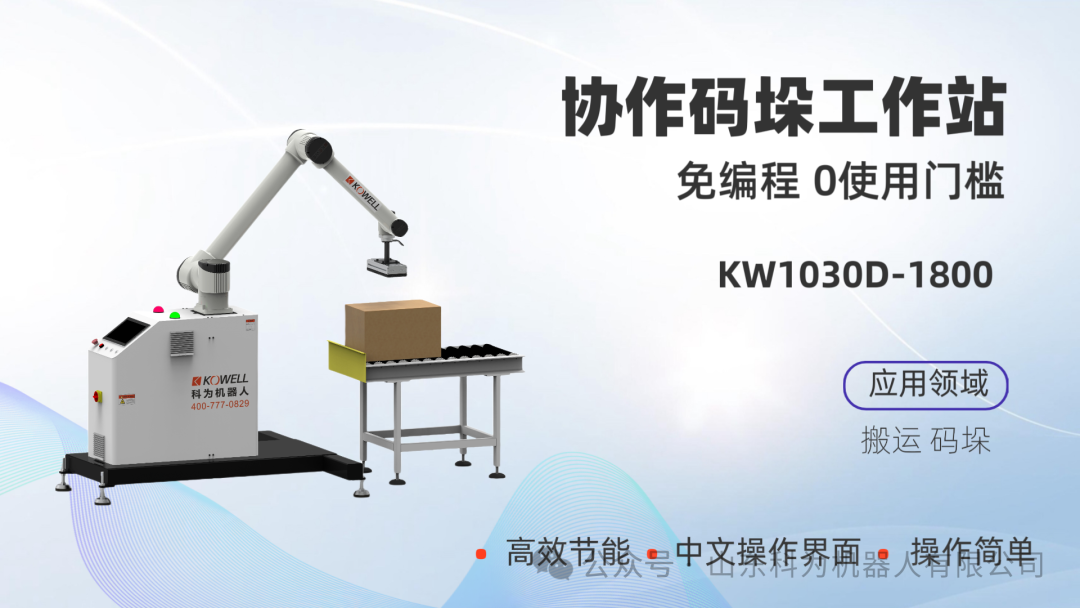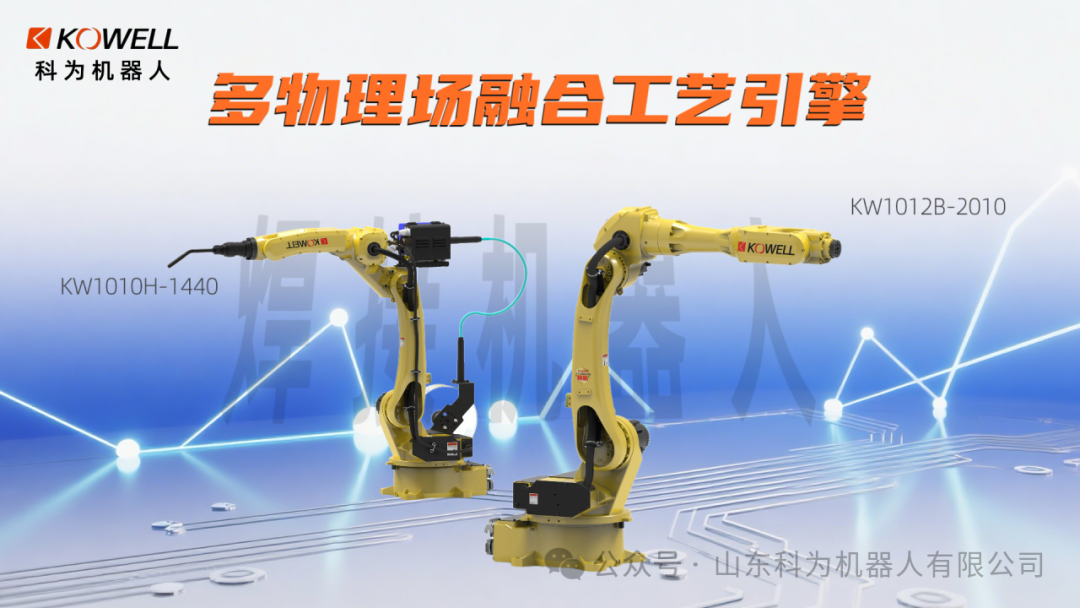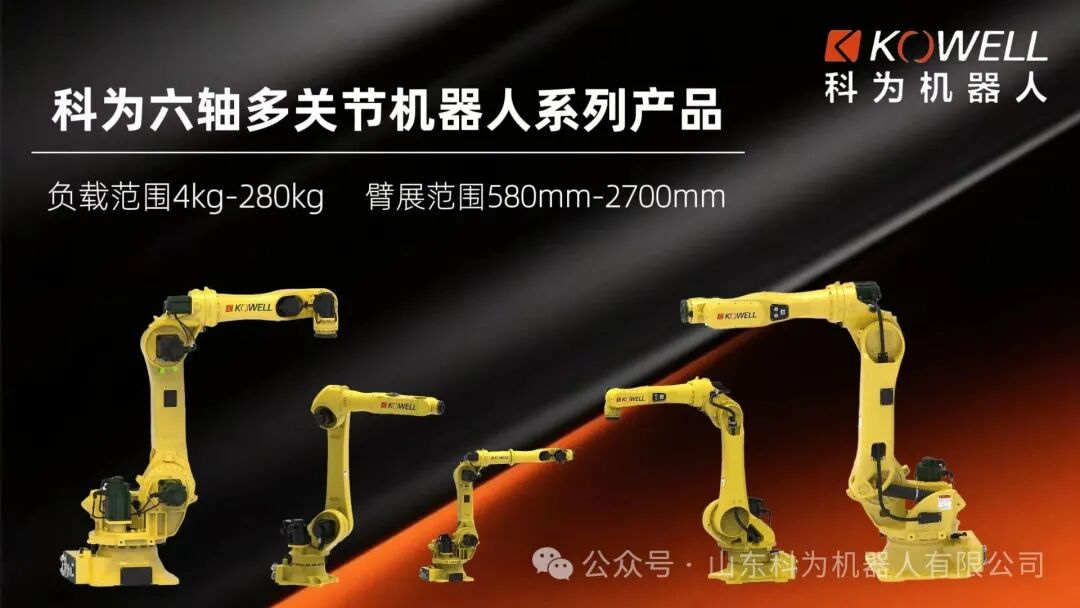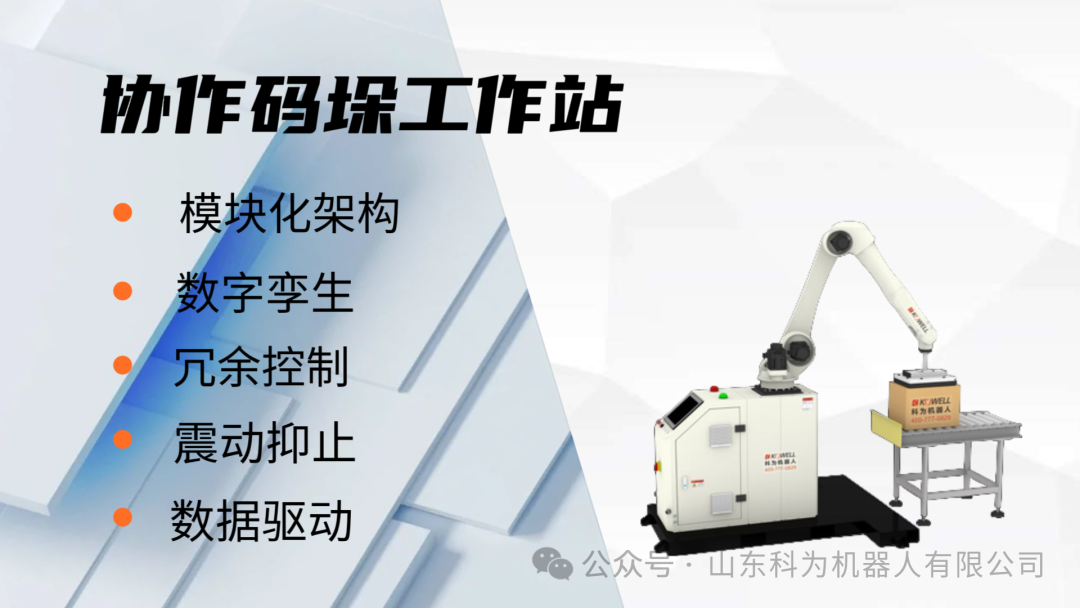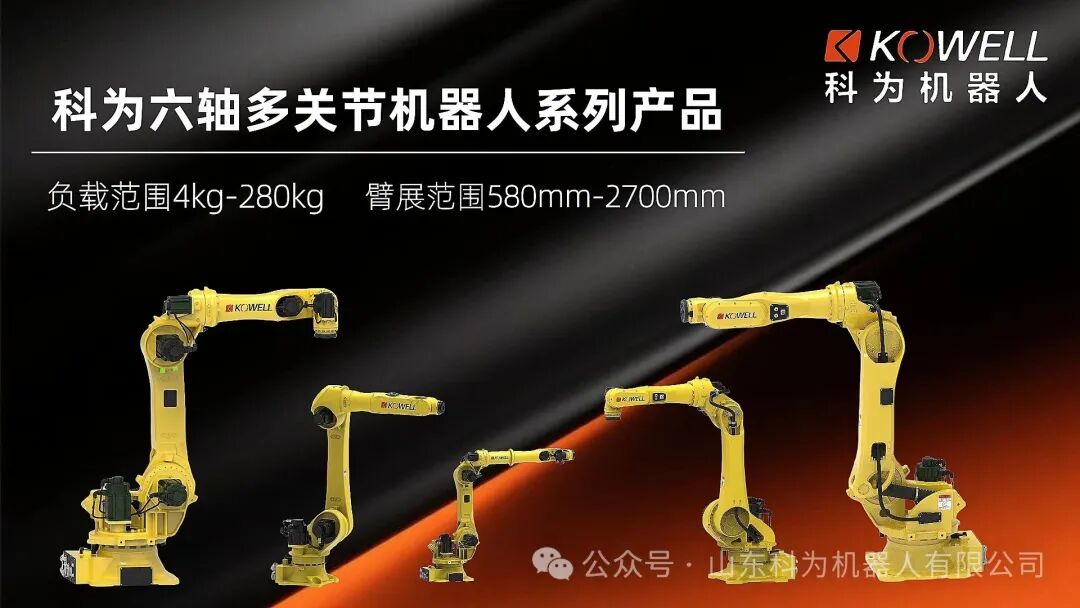In the manufacturing process, the end has always been regarded as the "finishing process" - whether it is packaging, handling or palletizing, it is often placed at the end of the automation transformation. But when we look deeply into the operating logic of the manufacturing system, we will find that it is precisely those nodes hidden at the end of the process that can really leverage the overall efficiency, reconstruct the cost structure and promote the forward management. The terminal handling unit is the key role that has been re-recognized in this transformation.
1. Why has the "end" become the "frontier"?
The value chain of manufacturing is not a single linear, but a system composed of interlocking nodes. Traditional optimization ideas focus on "trunk" processes such as processing accuracy, beat speed, and material turnover, while the terminal links such as shipping, handling, and warehousing are regarded as supporting services. However, in reality, more and more companies have found at the strategic level that the bottleneck of production line efficiency is often not in the front section, but stuck "after going offline".
The terminal handling unit is no longer just a mechanical executor that delivers finished products to the next link. It connects the packaging system, warehouse scheduling, logistics interface, and even affects the timeliness of order delivery. When the number of SKUs increases and customized orders become more frequent, this unit is not only responsible for handling tasks, but also for rhythm adjustment, path optimization, data feedback and other multiple functions. It is an execution node and a feedback port.
2. How does it affect the overall scheduling strategy?
In the current manufacturing model, flexibility, small batches, and multiple frequency conversion have become the norm. The adjustability of the production line is constantly emphasized, but an overlooked fact is that no matter how flexible the production schedule is, if the terminal response speed remains unchanged, it is still difficult to achieve true coordination.
A well-structured terminal handling unit is not only responsible for the implementation of the "last kilometer", but also a participant in the "pre-judgment". Through the rapid analysis of order information, packaging requirements, and palletizing mode, it can actively adjust the execution path, dynamically adjust the operation rhythm, and even make room for subsequent circulation in advance when the front production line has not yet completed processing. In other words, its response mechanism determines the beat accuracy of the entire system.
Furthermore, after the intelligence level of this unit is improved, real-time data can also be synchronized to the scheduling system to realize the information linkage between production and logistics, packaging and inventory. This information flow backflow starting from the "end" makes the original top-down scheduling logic more flexible and forward-looking.
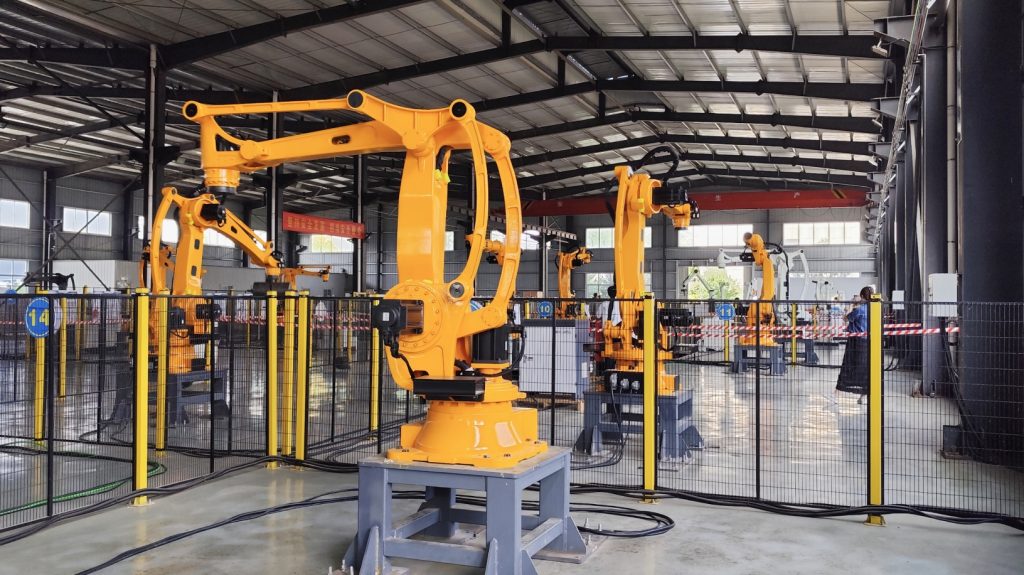
3. From "auxiliary function" to "strategic interface"
We often say that "manufacturing is management", and the essence of management is to reconcile uncertainty. In a manufacturing environment with increasing uncertainty, only those links that can accurately control the rhythm and respond quickly to changes have real strategic value.
The terminal handling unit is completing such a role transition. From a structural point of view, it is after processing and before logistics; from a functional point of view, it is both an action interface and a data interface. The intelligence level of this node determines the information integration capability from the equipment layer to the system layer, and also determines the boundary line of the controllability of orders by manufacturing enterprises.
When promoting intelligent upgrades, many companies focus a large amount of budget on core production equipment, while ignoring the digital construction of this key node. This results in the process front end seemingly advanced, but the end end still relies on manual stacking and manual transfer, and the overall efficiency is seriously diluted. Practice shows that: filling the automation shortcomings of the end handling unit is the "leverage point" for many companies to break through the current development bottleneck.
4. "Reverse optimization" ideas in typical cases
Take a fast-moving consumer goods manufacturer as an example. The production capacity of its original production line can meet the order growth, but "blocking points" frequently occur in the packaging back end, resulting in a decrease in the overall beat. The transformation team did not move the front-end equipment first, but focused on the handling system after the packaging is out of the line.
By deploying a new intelligent handling robot arm and introducing a dynamic path planning algorithm, the entire end handling unit was completely transformed. After the transformation, the overall delivery efficiency increased by 27%, the packaging out-line beat was accelerated by 12%, and the loss and error rate caused by manual stacking were greatly reduced. It is worth noting that on this basis, the company built a cross-workshop handling network, turning the originally isolated end into a core node for multi-line linkage, completely reversing the impression of "marginal process".
This case reminds us that the optimization of manufacturing processes does not always start from the "core". Sometimes, the starting point of strategy is just in the corner that you tend to overlook in the past.
5. Written at the end: Redefine the starting point of optimization
The upgrade of manufacturing industry has never been a one-way push of "head change" or "system renovation", but a three-way advancement of node optimization, system coordination and logic reshaping. In this transformation, the terminal handling unit gradually came out from behind the scenes and became a key interface that affects the overall situation.
It enables the end point of the process to have the ability of "feedback" and also gives the manufacturing strategy a "front-end" perspective. It is no longer just a simple physical transfer unit, but a complex that integrates intelligent scheduling, data collection and rhythm control. This is a reversal of manufacturing logic and the birth of a more systematic way of thinking.
From the process at the end to the strategy at the front, the value of the terminal handling unit is gradually being re-evaluated. And this trend is worth every manufacturing decision maker to rethink: Is the starting point of optimization really still in the "front"?

Kewei Wishes You a Merry Christmas!
2025-12-25
Online Consultation
Hello, the current customer service is offline. You can leave your contact information and the staff will respond to you as soon as possible!


